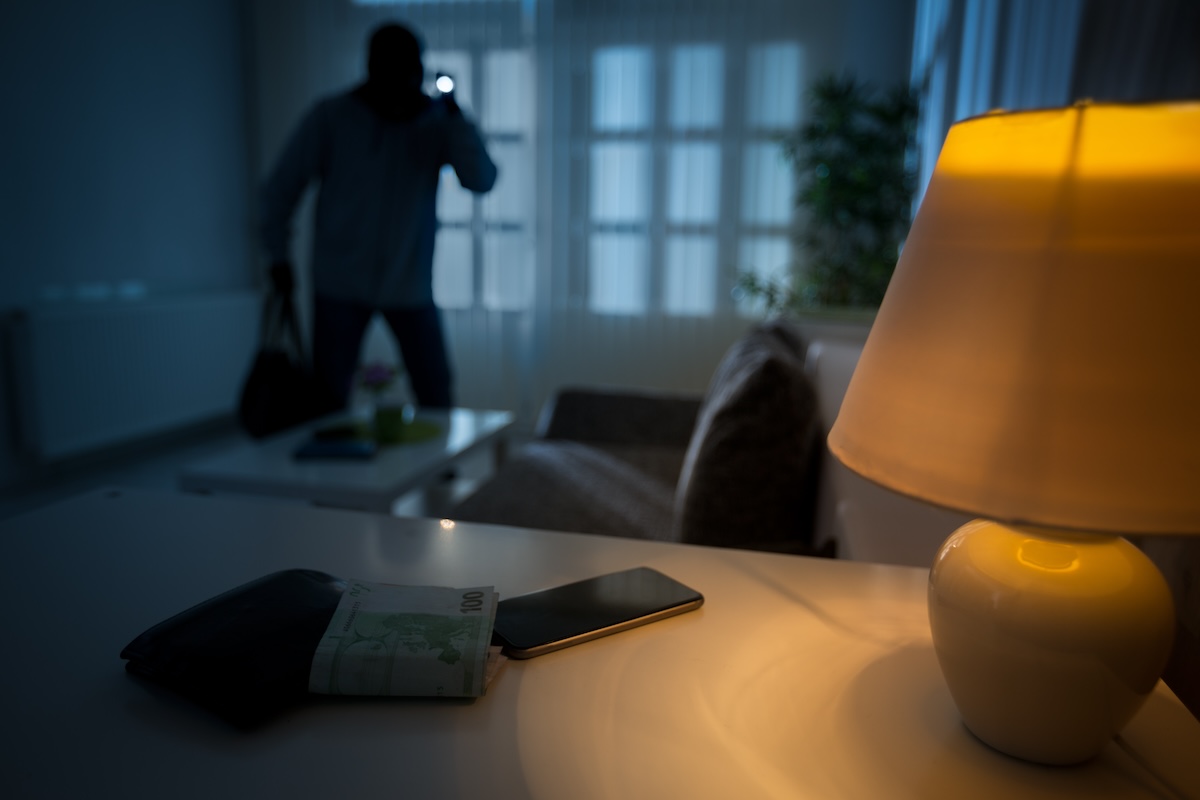

We may earn revenue from the products available on this page and participate in affiliate programs. Learn More ›
Home Advice You Can Trust
Tips, tricks & ideas for a better home and yard, delivered to your inbox daily.
A burglary occurs about every 25 seconds in the United States, according to the FBI. Although burglary rates have declined in recent years, an estimated 6.9 million property crimes still took place in 2019. Those numbers underscore how important it is for homeowners to take proactive steps to secure their property and reduce the risk of becoming a target. From simple habits to smart technology, the following tips highlight practical ways to strengthen your home’s defenses against break-ins.
Install motion-sensing lights around your home's exterior.
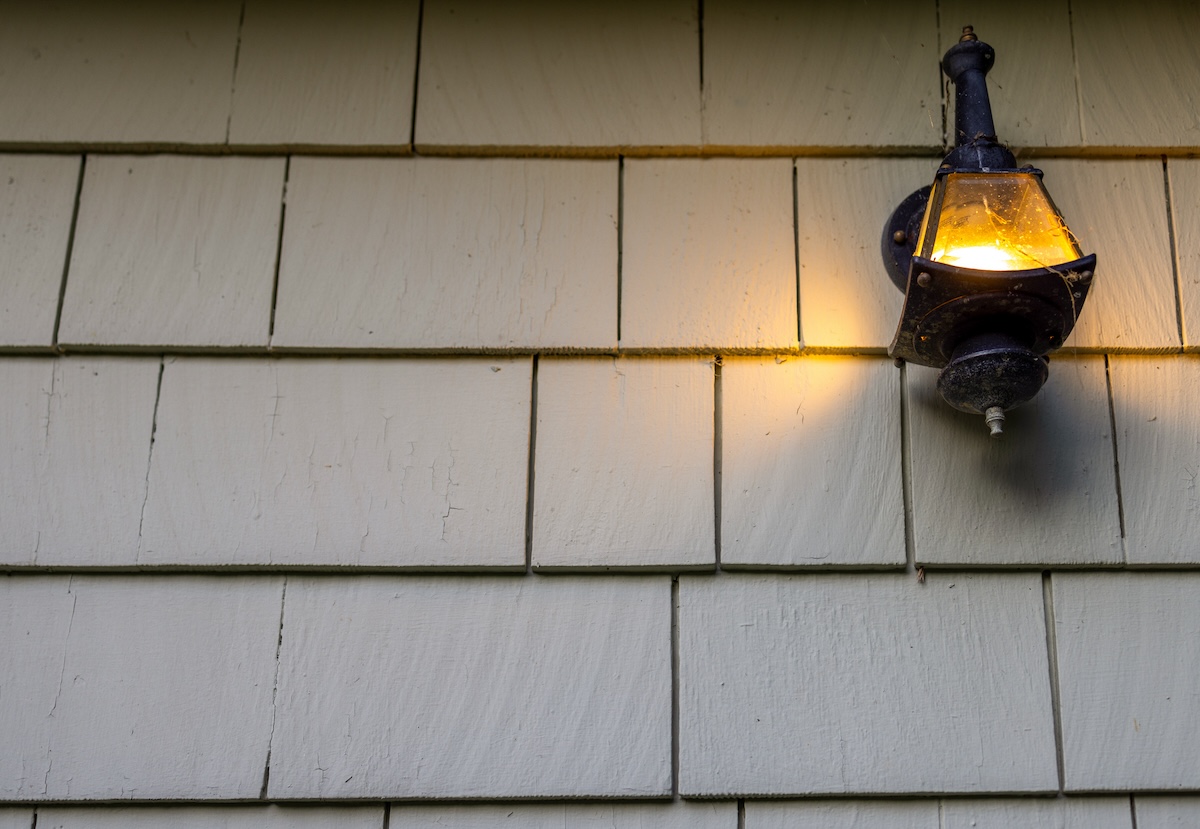
Photo: Catherine McQueen via Getty Images
Place motion-sensor outdoor lights over entry points, driveways, and pathways to expose movement and discourage intruders. When someone approaches and the lights suddenly switch on, they draw attention and increase the likelihood that a neighbor or camera will spot the intruder.
The Ring Smart Lighting floodlight, our best smart pick in our tested guide to the best outdoor motion sensor lights, is hardwired and lights up a 65-foot area, perfect for over the driveway.
Don't advertise big-ticket purchases.
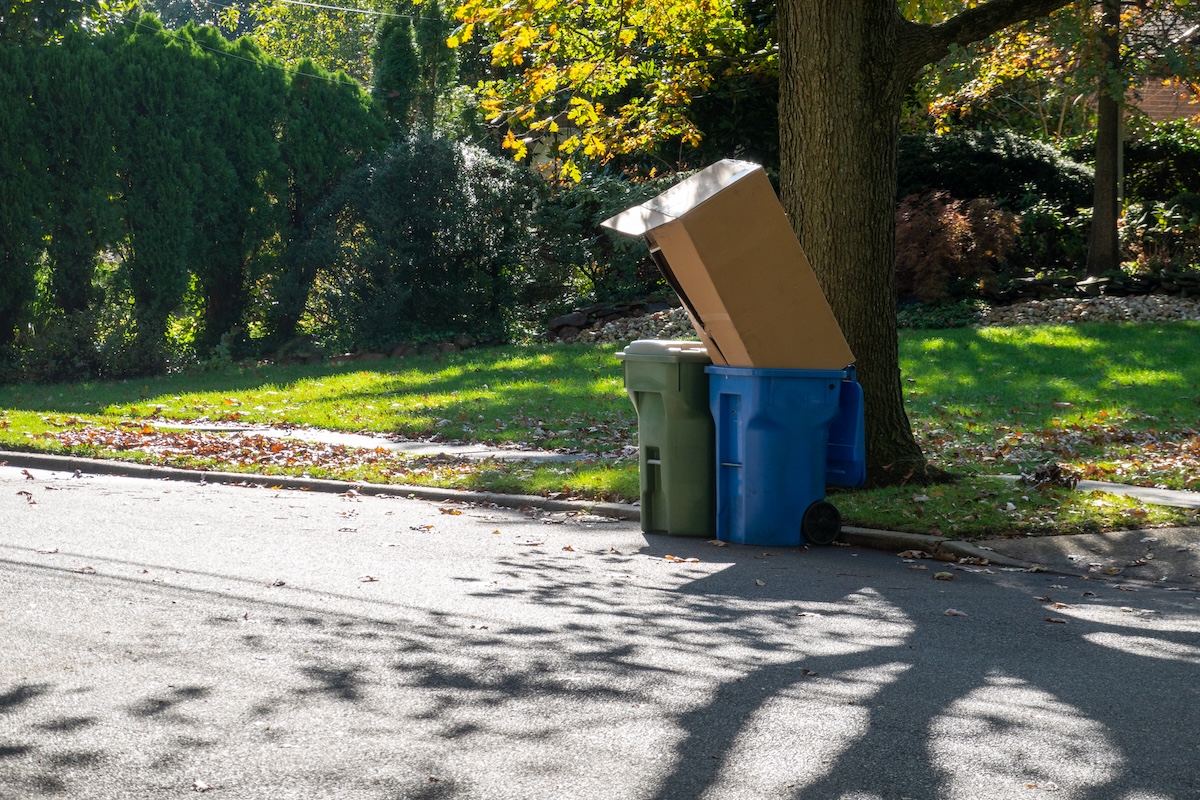
Photo: iStock
Did you recently buy a new flat-screen TV or fancy computer? If you just drop the empty cartons by the curb, thieves will know that you have expensive electronics for the taking. Instead, break down the cardboard boxes and bag them up until trash or recycling pickup day, or cart them off to the dump so passersby aren’t up-to-date on your recent electronics purchases.
Close the garage door.
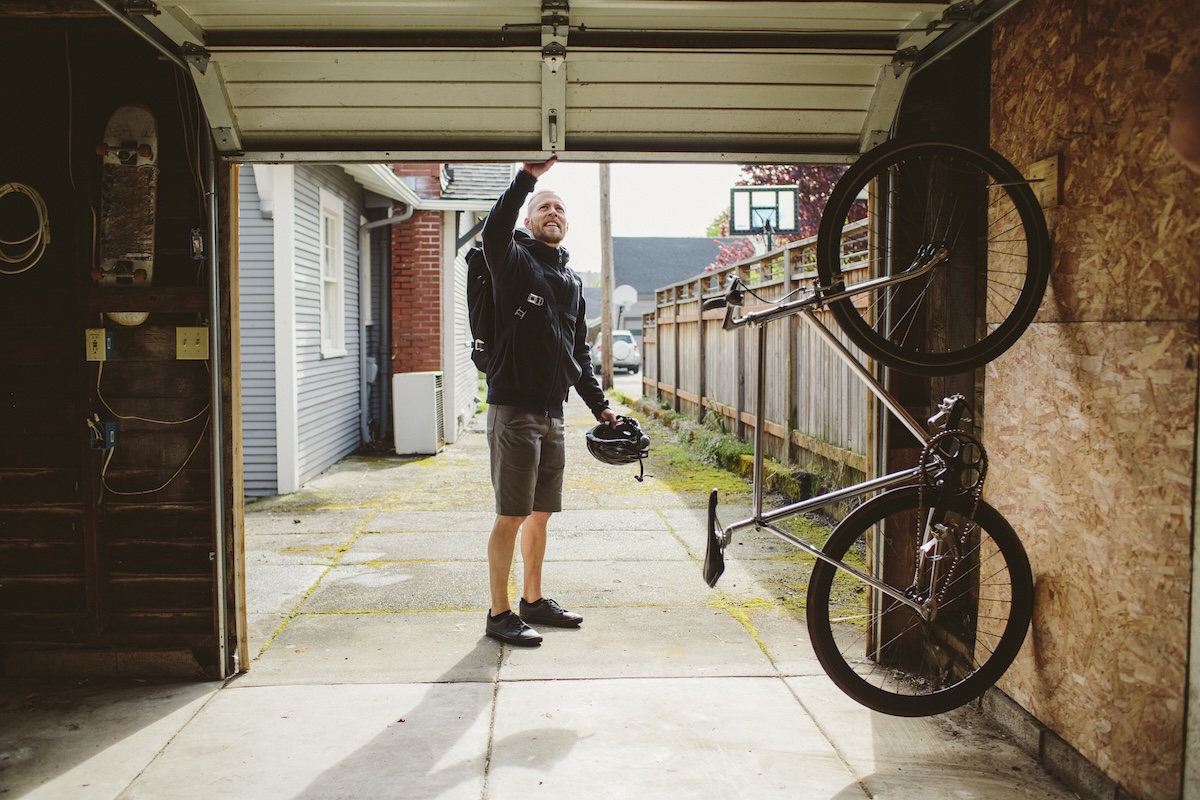
Photo: Cavan Images via Getty Images
An open garage door isn’t just an invitation for thieves to steal bikes or tools—it can also provide direct access into your home. Make it a habit to shut the door every time you come and go. If you’re forgetful, consider a smart garage door opener that lets you close the door from your phone.
We recommend the Chamberlain Secure View garage door opener, a top pick in our researched guide to the best garage door openers. It’s a smart garage door opener with a built-in security camera, allowing you to monitor garage activity from your smartphone.
Secure your garage door opener.
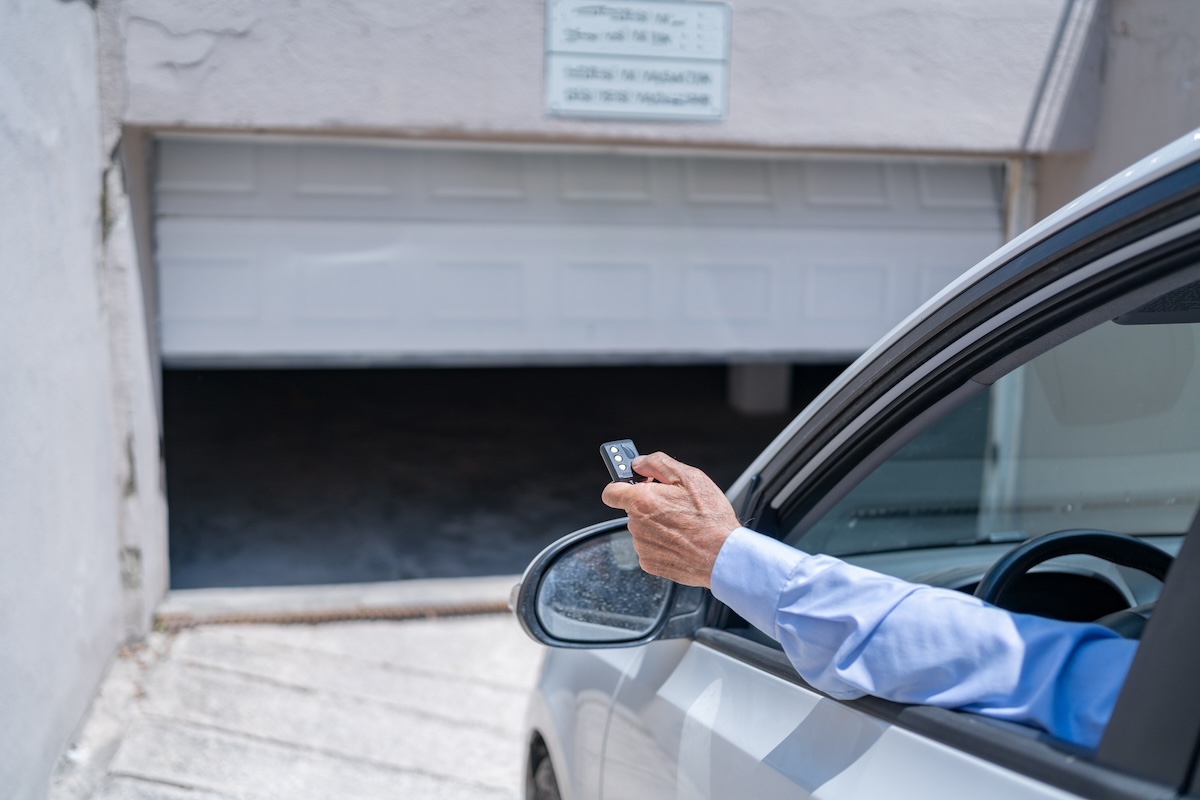
Photo: aquaArts studio via Getty Images
Traditional garage door remotes can be stolen from cars or even hacked with code grabbers. Keep your remote off the visor, upgrade to a model with rolling-code technology, and consider storing the opener in a Faraday pouch to block wireless theft attempts.
Deter garage release-cord tricks.
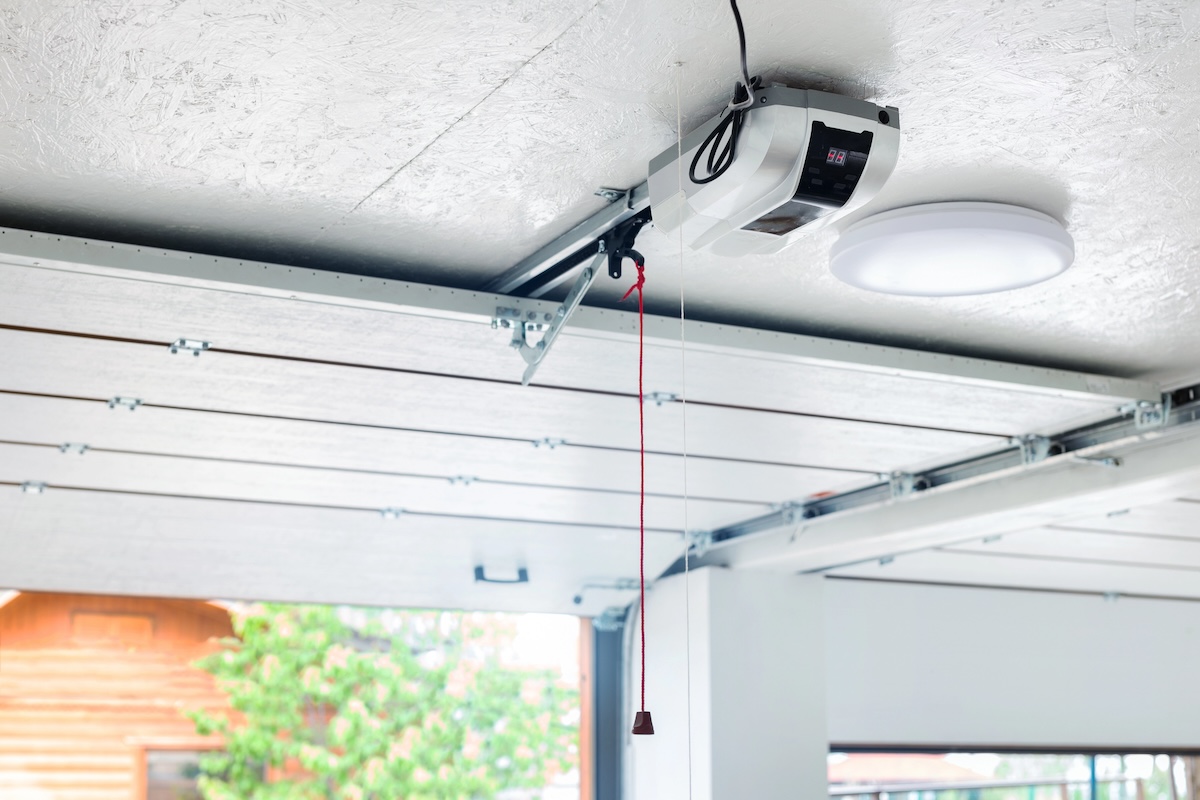
Photo: Kirill Gorlov via Depositphotos
Some burglars break into your garage by using a coat hanger to fish the emergency release cord on the garage door through a gap in the door, pulling the cord, and letting themselves in. To keep this from happening to you, shorten or cut the cord, or secure it with a zip tie.
Keep valuables out of sight.

Photo: Fredy Ferreri viaa Getty Images
Leaving keys, jewelry, or handbags near an open front door can tempt a thief to make a quick grab. When the door is open (even briefly), keep small valuables on your person or set them out of sight until you’re safely inside.
Install security cameras.
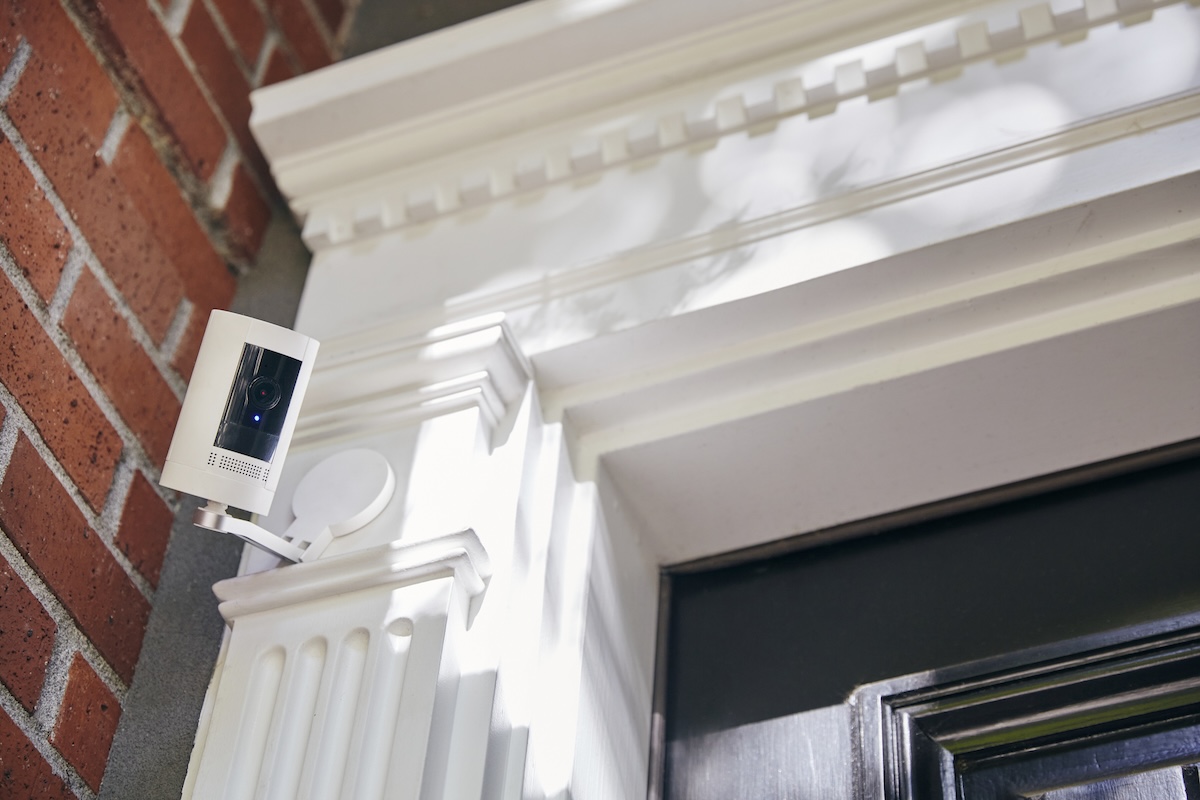
Thieves will stop at nothing to nab your valuables—except, perhaps, a security camera that’s staring them in the face. Install outdoor security cameras near entry points to your house. If prowlers approach, you’ll be able to watch them in real time on your connected monitor, or even review the recorded footage and send it to local law enforcement, if the situation comes to that.
We like the Arlo Essential XL security camera, which won the Best Overall nod in our tested guide to the best outdoor security cameras. It’s wireless, easy to install, and provides a live feed with notifications straight to your smartphone.
Secure front door locks and hardware.
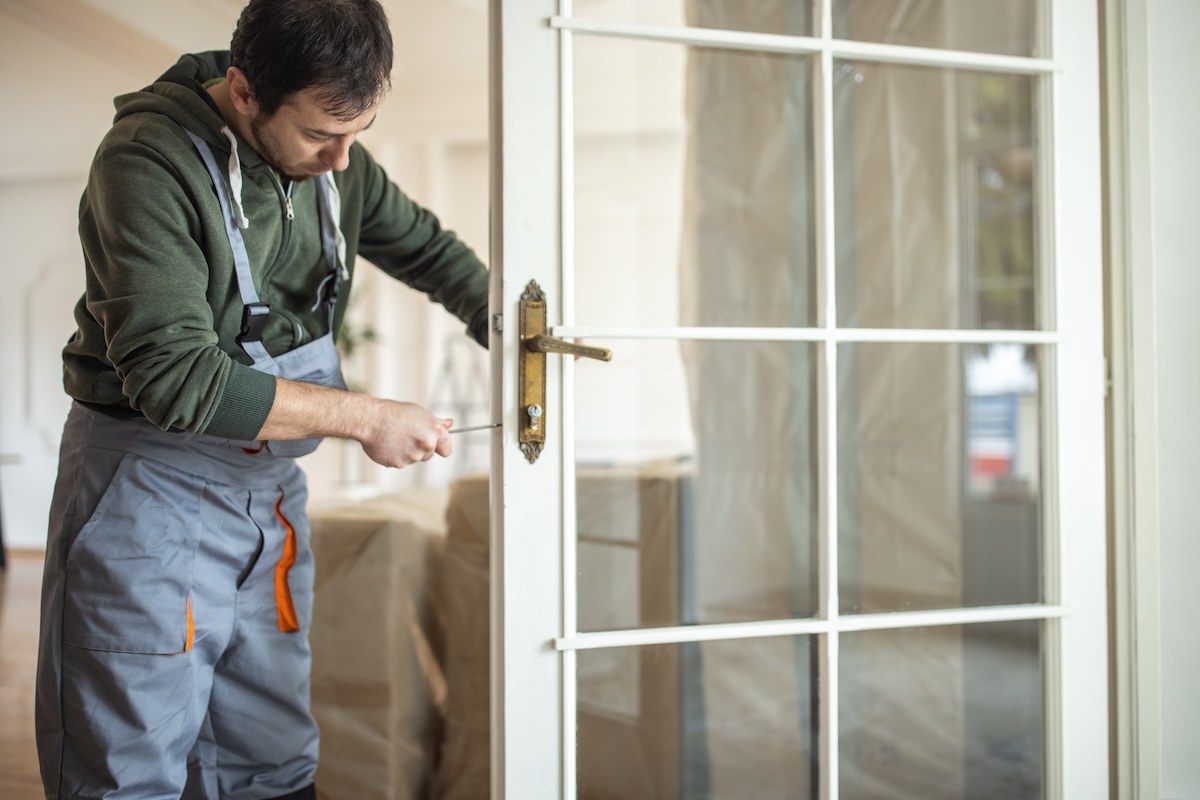
Photo: miodrag ignjatovic via Getty Images
Burglars often force entry by kicking in a weak door. Swap hollow-core exterior doors for solid wood or steel, and install a deadbolt with at least a 1-inch throw. Reinforce the frame by replacing the short screws in hinges and strike plates with 3- to 4-inch screws that anchor into wall studs.
For added convenience and security, consider a smart lock like the Eufy C33, the top pick in our tested guide to keyless door locks, which lets you lock and unlock the door from your phone and provides activity alerts.
Make sure your front door's hinges hang are inside the home.
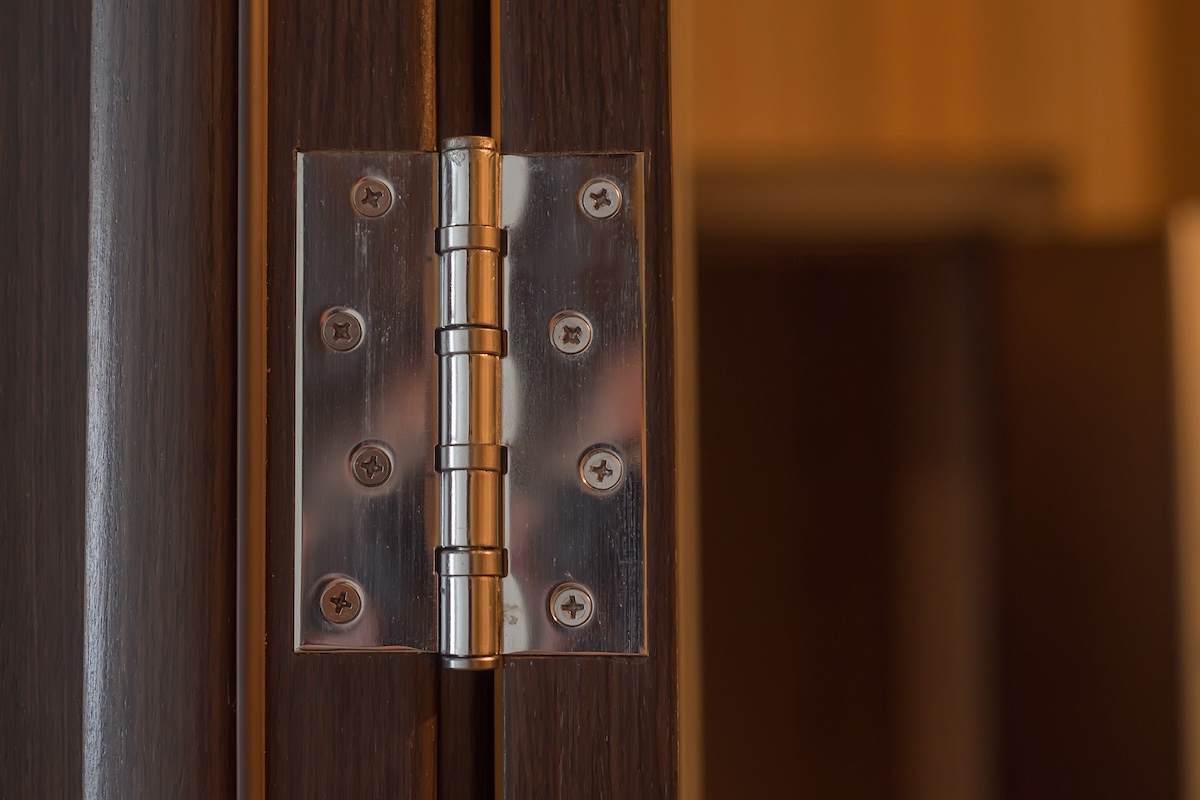
Photo: Yakov Oskanov via Shutterstock
If your door hinges are on the exterior criminals with picklocks could, in theory, remove the hinge pins and gain entry to your home. For peace of mind, have your door rehung so the hinges are positioned inside the house where thieves can’t tinker with them.
Use more than one lock.
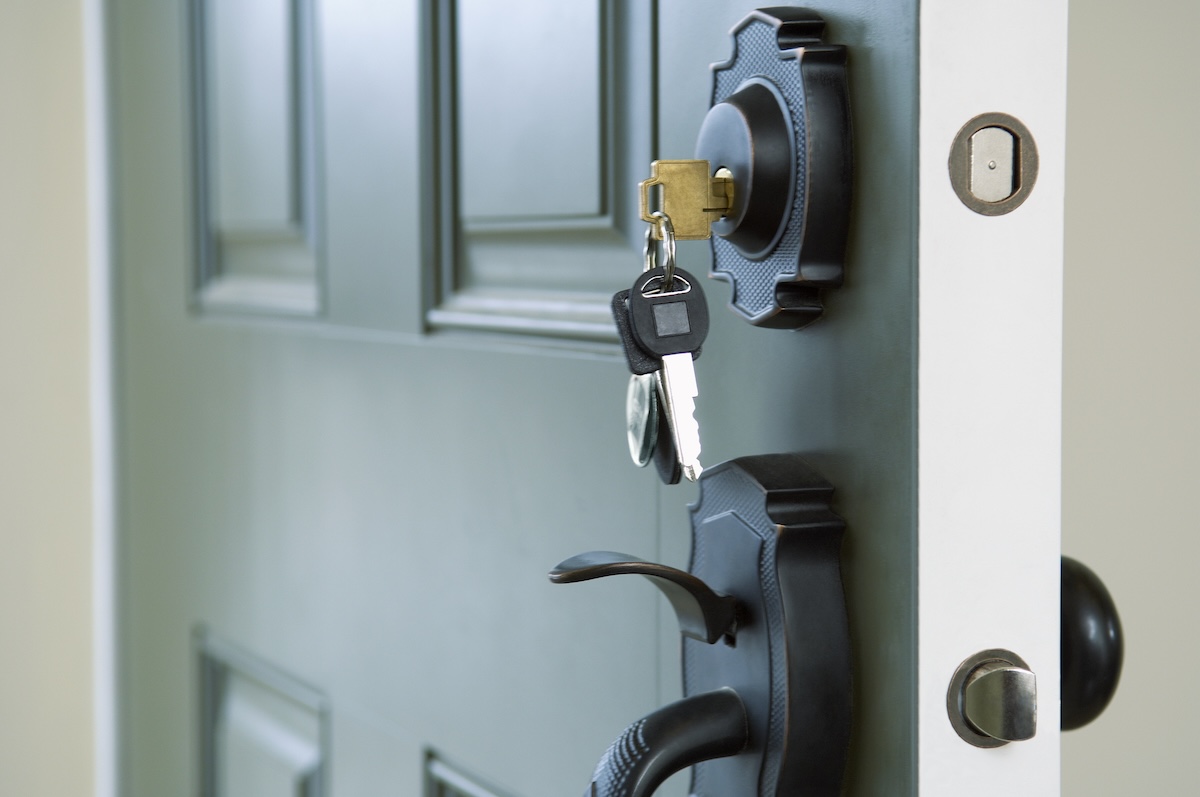
Photo: Monalyn Gracia/Corbis/VCG via Getty Images
Adding a second lock makes it harder for intruders to force entry. Pair a standard deadbolt with a secondary option, such as a smart lock, a keyed chain, or a high-quality door security bar for extra protection.
Add a few smart products to your arsenal.
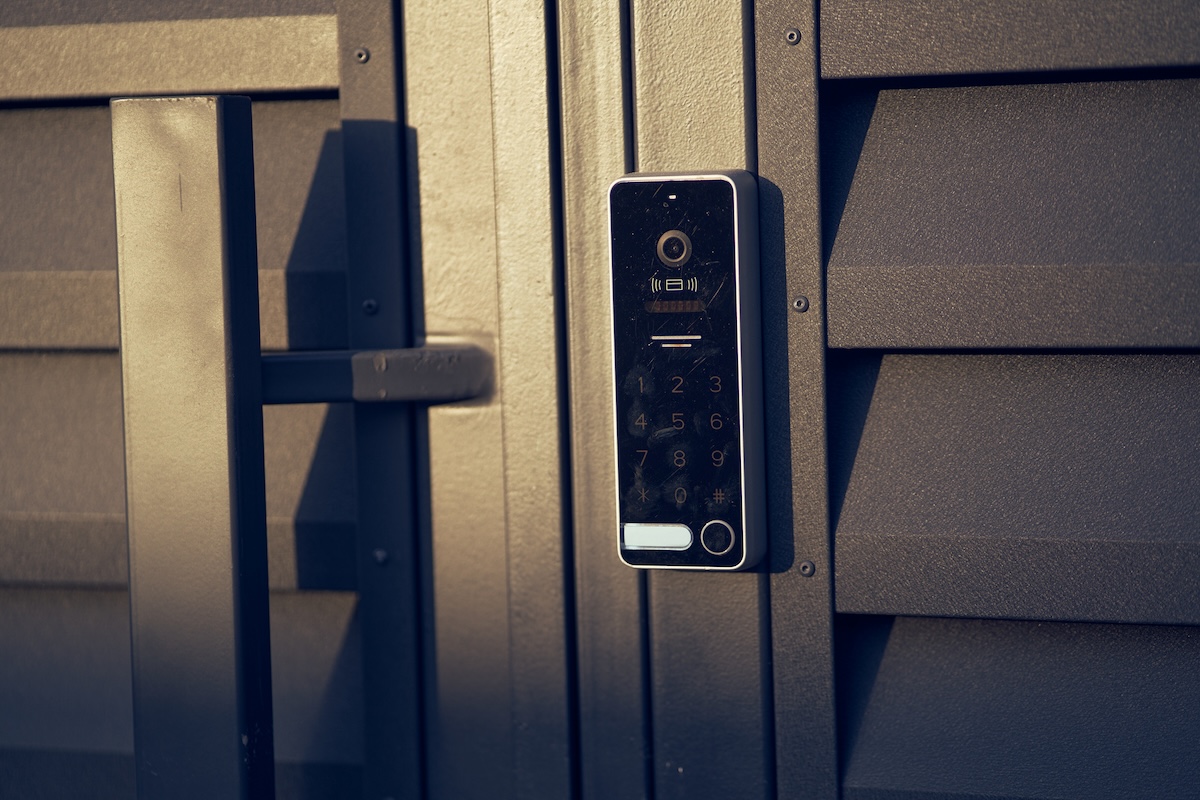
Photo: DARYA KOMAROVA via Getty Images
Home automation can be expensive and comes with the risk of hacking, but it’s still a good idea to install a few affordable, security-enhancing smart-home features. For example, you can install smart light bulbs in porch lights and set them to come on automatically every evening. You may also want to install smart door locks that let you remotely open and close the door and grant access to a guest or a housekeeper.
Protect against Wi-Fi jammers and smart-home hacks.
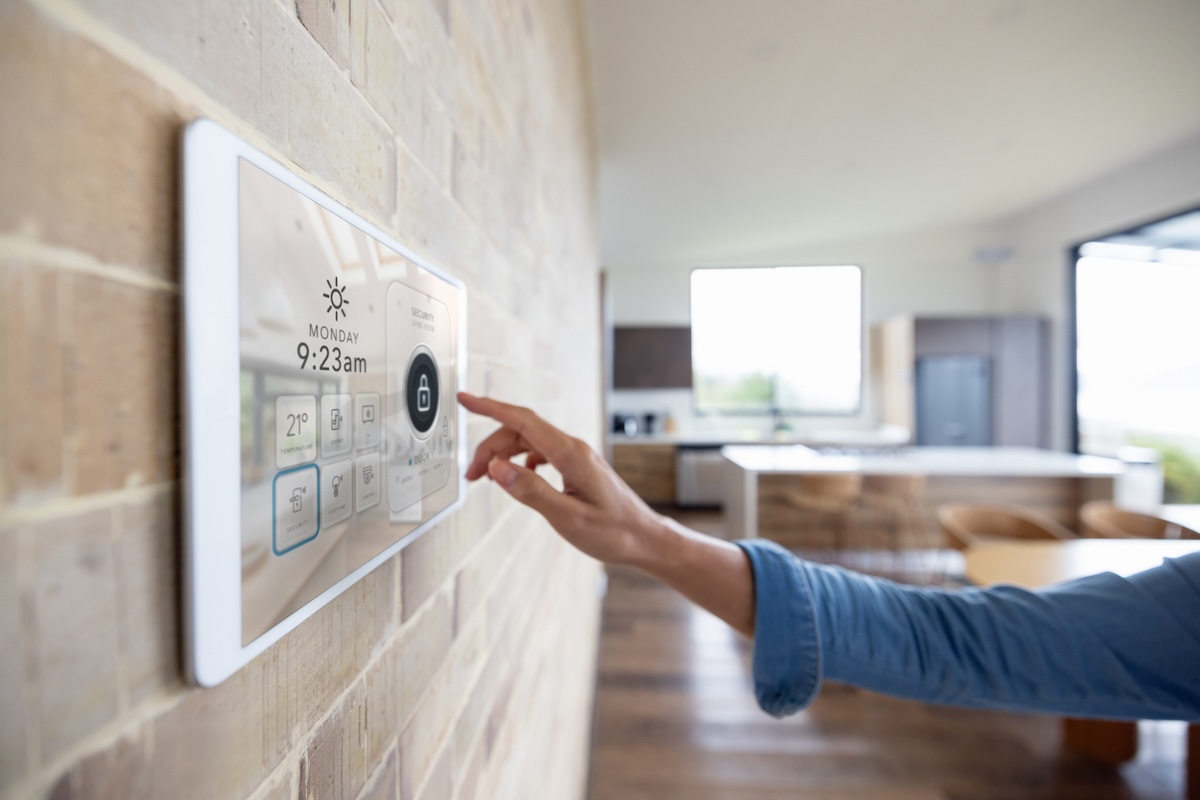
Photo: andresr via Getty Images
Tech-savvy criminals sometimes try to disable wireless cameras or smart locks with signal jammers. Reduce the risk of this happening to you by choosing security devices that have backup cellular or local storage, updating their firmware regularly, and using strong, unique passwords on your Wi-Fi network.
Put in window air conditioners.
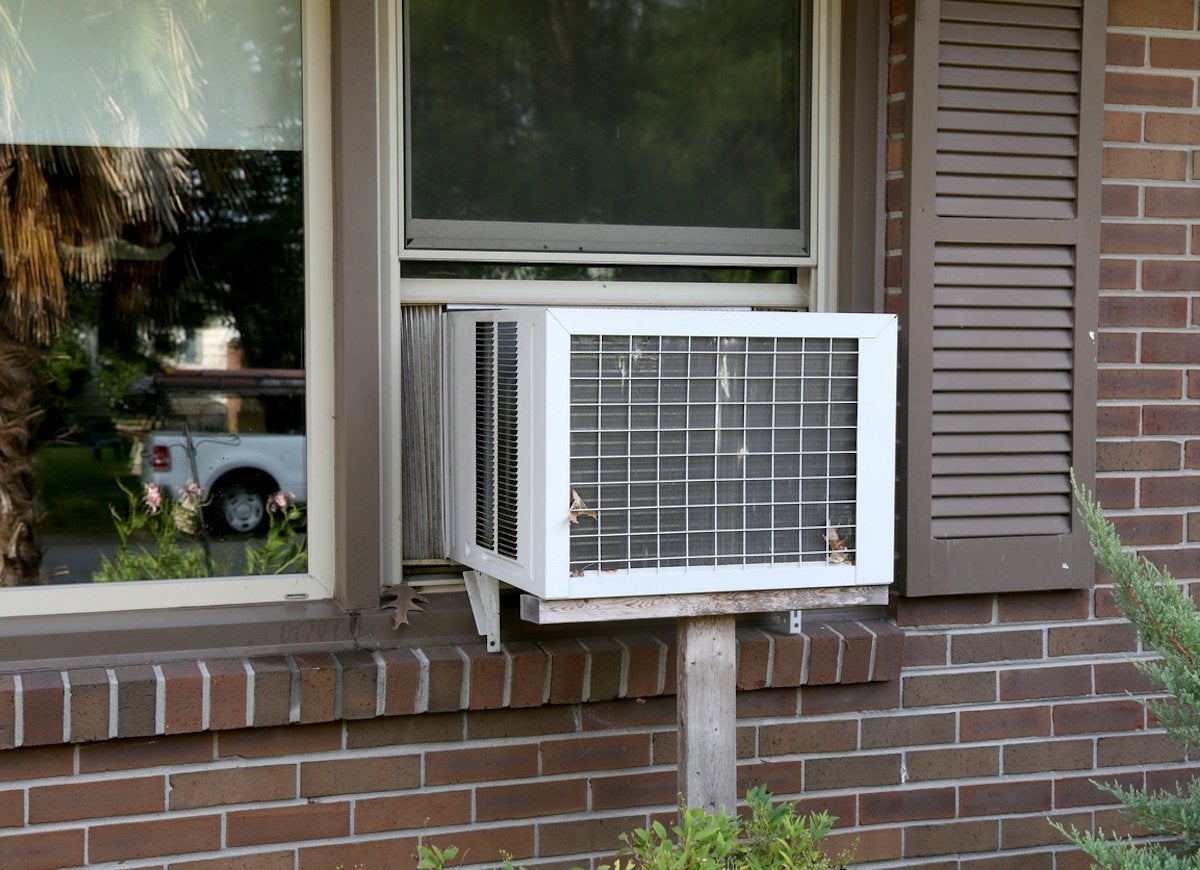
Photo: iStock
Give intruders the cold shoulder while you maintain comfortably cool indoor temperatures by installing window air-conditioning units in the front or back of your house. The AC units will help block entry into the home through first-floor windows, which are popular entry points for intruders.
Protect the windows.
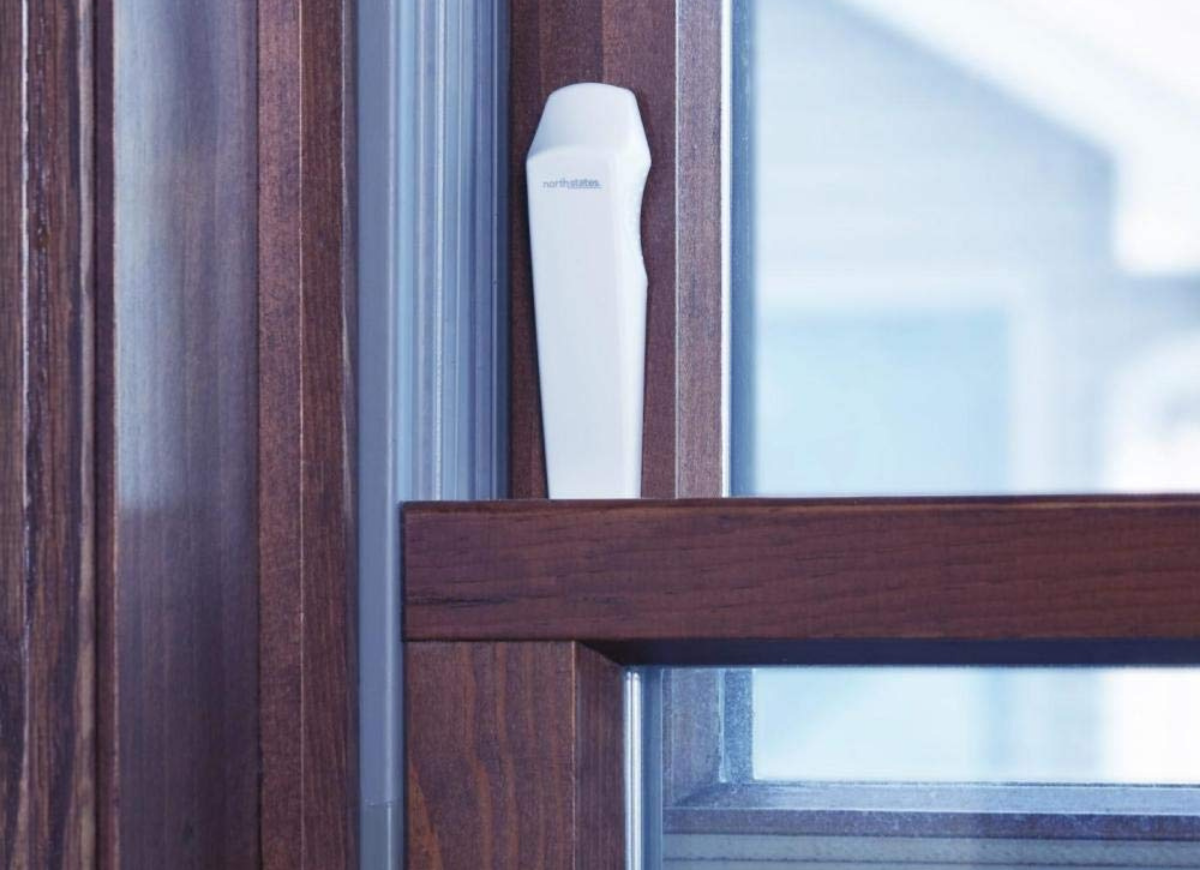
Photo: Amazon
Prevent burglars from coming in through the windows by installing window stops on your double-hung windows. These gadgets prevent intruders from sliding your windows open to gain entrance, and they also let you keep the window slightly ajar for ventilation without worrying about break-ins.
Install a security system.
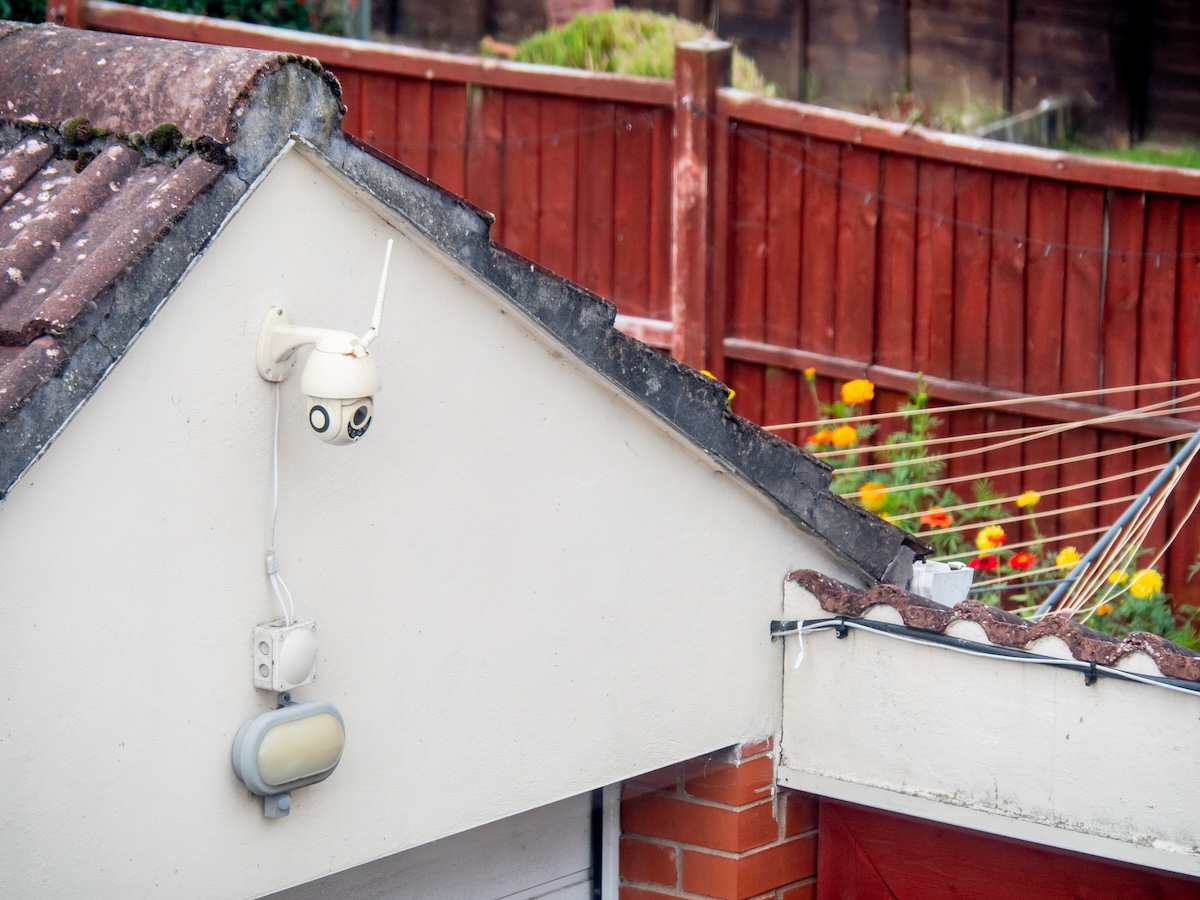
Photo: Darren Lehane via Getty Images
Installing a home security system—and displaying the company’s home security sign—can be an effective deterrent to thieves. If a burglar does break in, the alarm may scare them off, the security company will typically call you to make sure you’re safe, and the police can be dispatched if need be.
…Or just display a generic security sign.
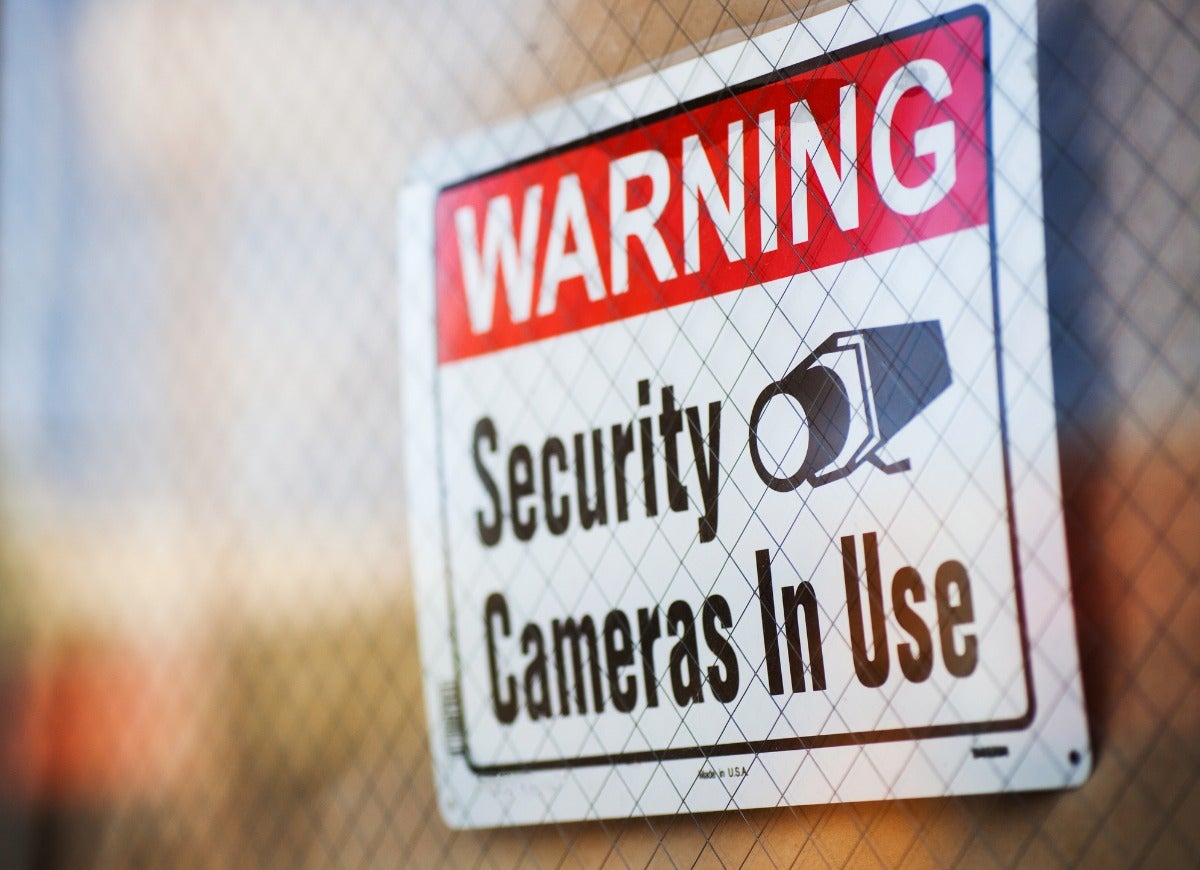
Photo: iStock
Even fake security system signs and stickers will make the average intruder think twice about trespassing, but canny cat burglars may try to look up the names and service regions of the companies listed on those decoy displays. If you have a fake “Protected by ADT” or other brand-name sign or sticker, replace it with a generic equivalent to keep burglars guessing about who’s protecting your property.
Cover your security wires.
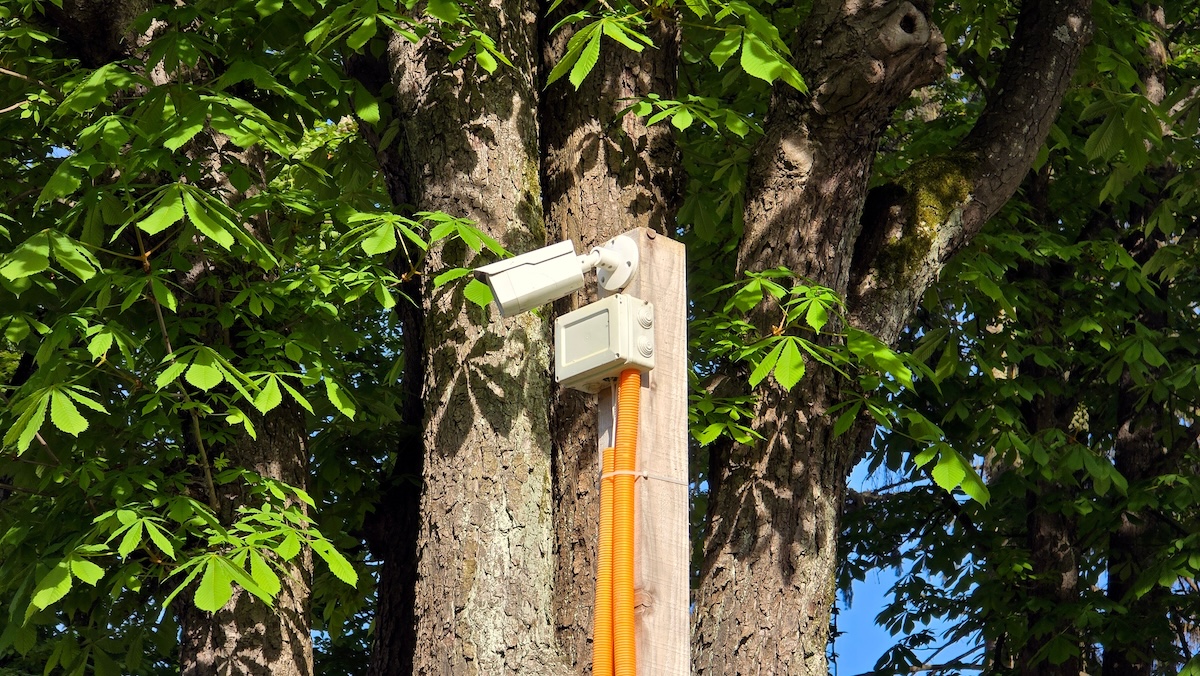
Photo: iStock
If a burglar is undeterred by the security sign on your lawn, he may attempt to disable your home security system by cutting its wires. Concealing exterior wires in electrical conduits can make it harder for prowlers to find and snip them.
Keep car keys close at hand.
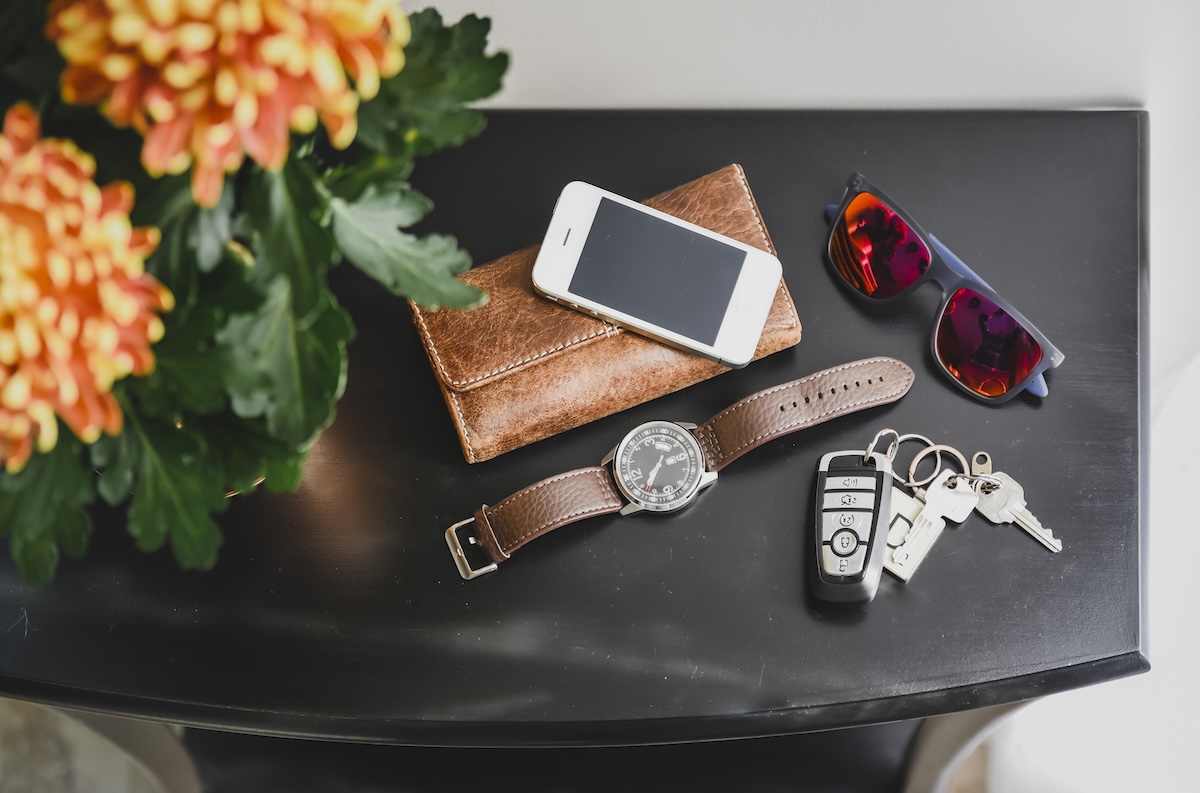
Photo: Cavan Images via Getty Images
Are you still leaving your car keys on a wall-mounted key holder in the foyer? You may want to bring those keys to your bedroom, preferably within arm’s reach of your bed. This way, if you hear someone in your garage, you can quickly hit the panic button on the key fob to sound the car alarm and scare off the intruder.
Adopt a fake dog.
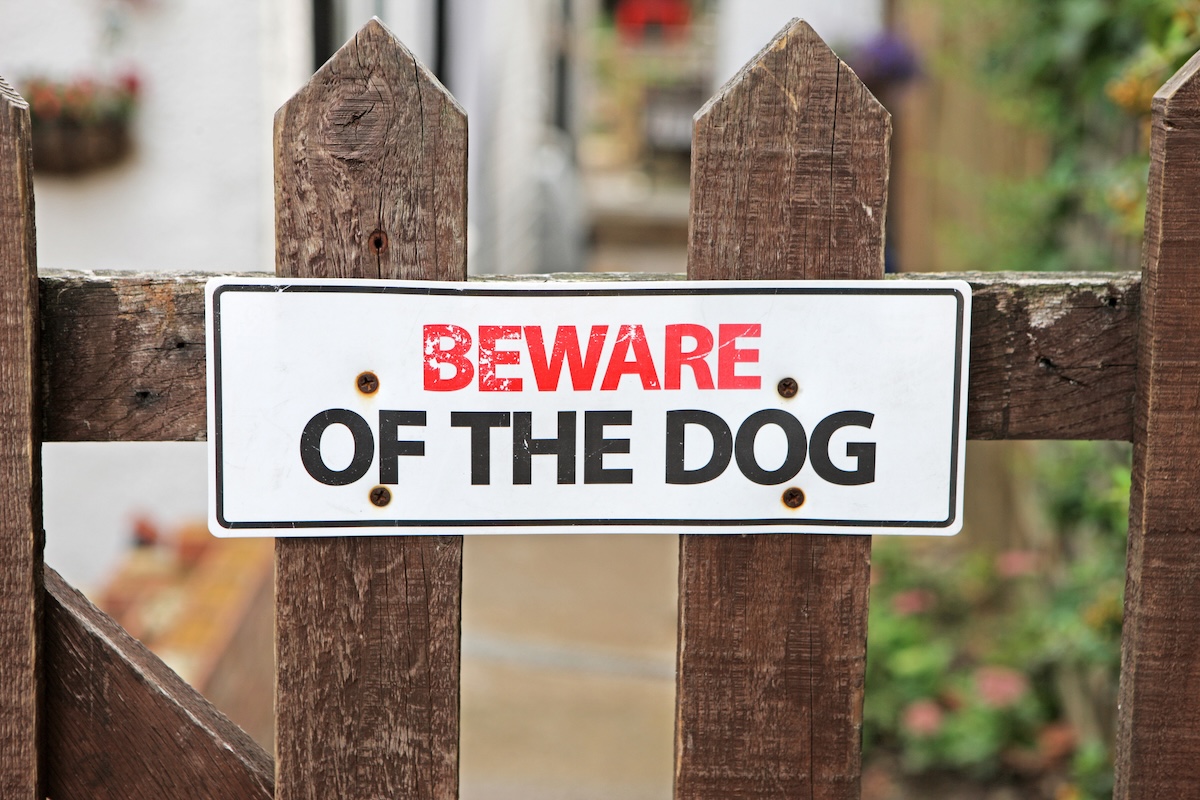
Photo: Richard Newstead via Getty Images
Want the security benefits of a guard dog without the barking, walking, training, and cleanup? Display a “Beware of Dog” sign, or keep dog food bowls near your front or back door, to signal to passersby that Fido is home and ready to fend off crooks.
Collect the mail.
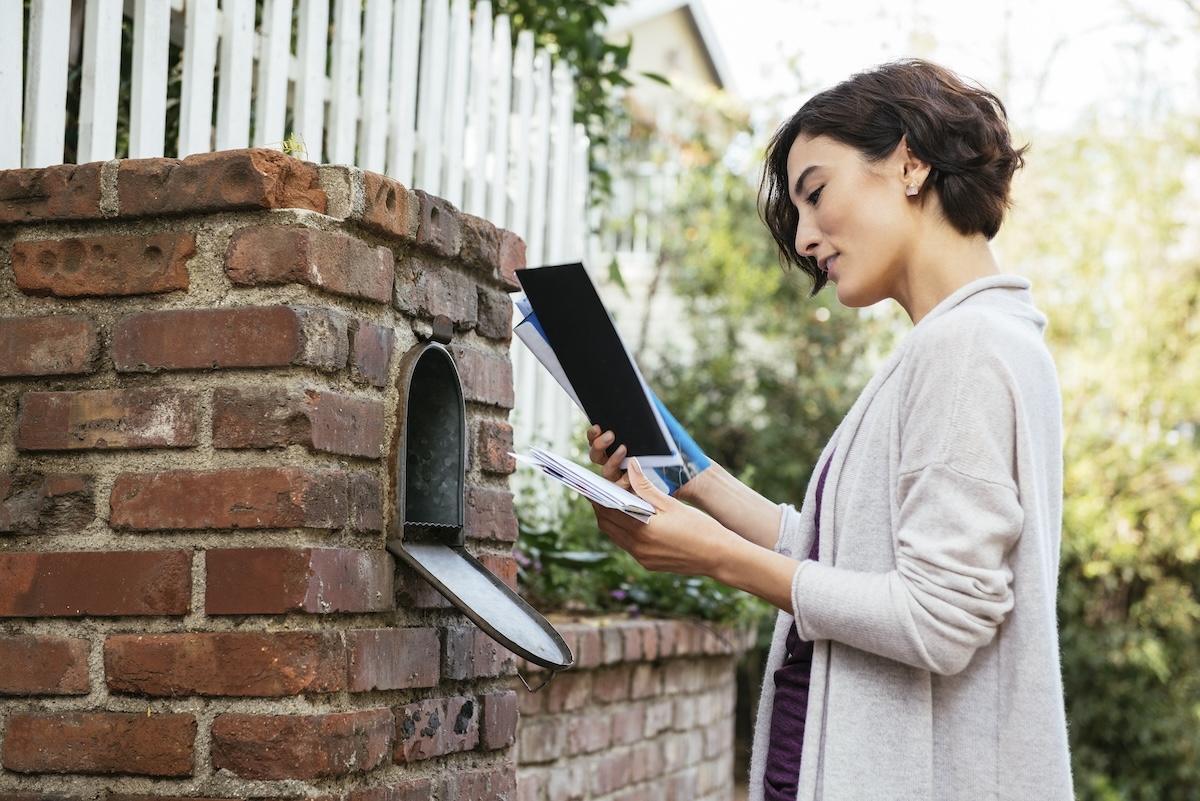
Photo: Andrew Zaeh via Getty Images
Nothing tells trespassers “I’m not home” like a mountain of mail in your mailbox. If you’re going on vacation or an extended business trip, have the post office hold your mail or have a trustworthy neighbor pick it up while you’re away.
Safely store your spare.
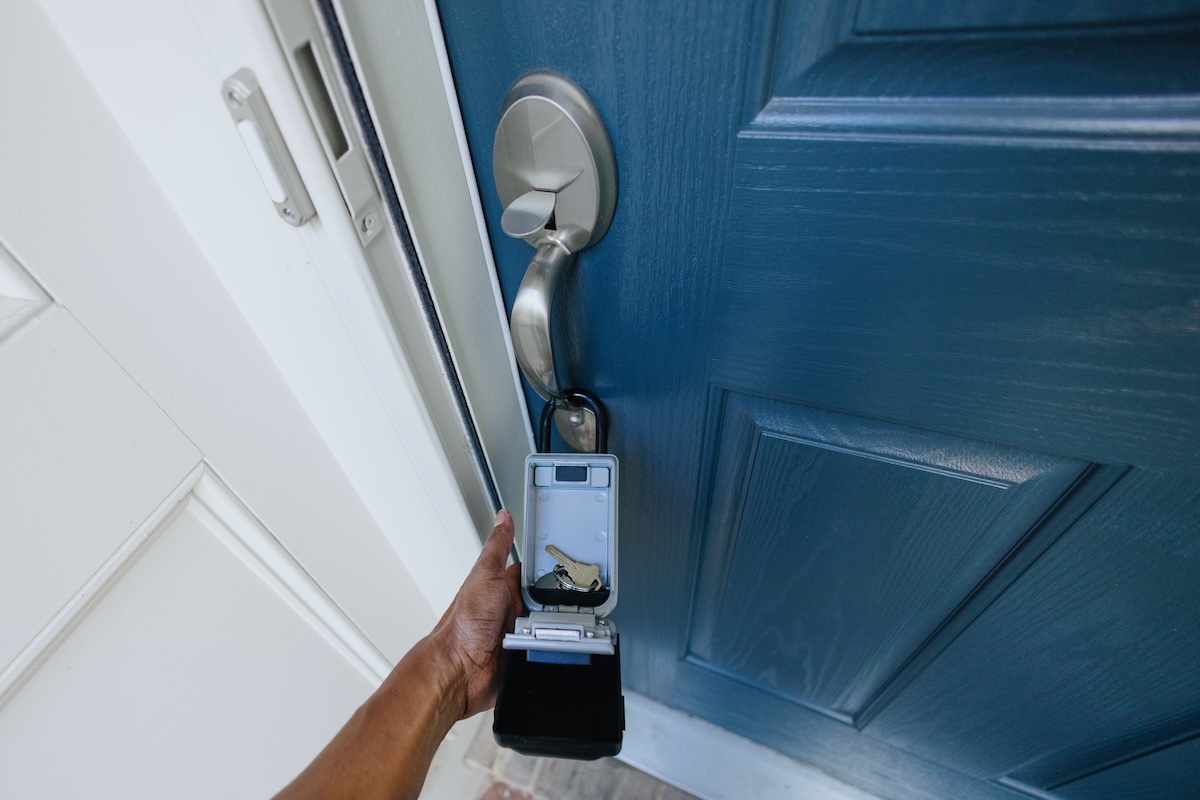
Photo: Grace Cary via Getty Images
You may still think it’s safe to stow the spare key to your house under a convenient rock, beneath a flowerpot on the front porch, or inside the mailbox. Thieves have long since caught on to these not-so-hidden hiding spots, so you’re better off leaving your key with a neighbor or stashing it in a key lockbox for safekeeping.
Don't advertise your name.
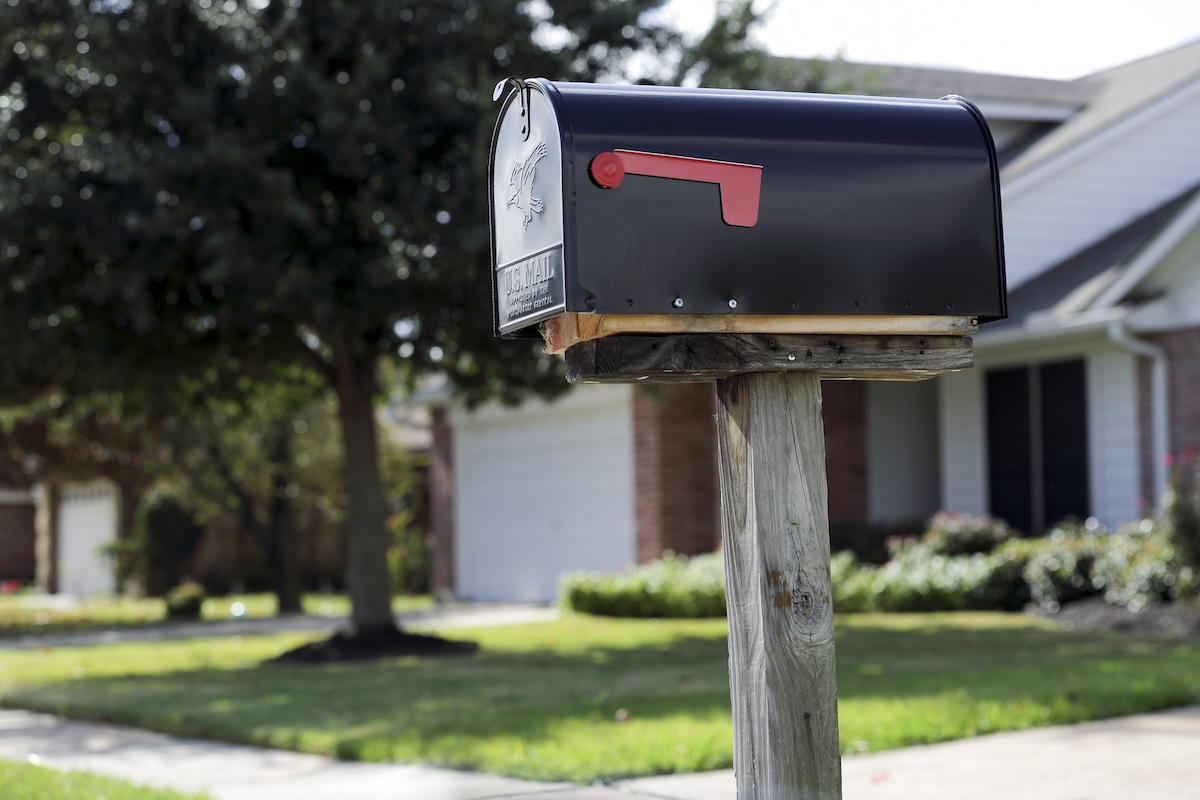
Photo: @Alejandro Coronado via Getty Images
While personalizing your home or mailbox with your last name may feel like a folksy or stylish touch, burglars can use that information to look up your phone number and call the house to see if you’re home. If they have your name, they can also convince neighbors that they know you, solicit information about you, or even gain entry into your home if your neighbor has your spare key. It’s safer to keep your name, and the names of others in your household, off your mailbox.
Don't overshare.

Photo: iStock
Sharing your vacation plans on social media announces to everyone in your network of hundreds of virtual acquaintances that your home is unoccupied, which is a major security gaffe. Keep that upcoming trip to Maui to yourself until you’ve returned home, then post away!
Take out the trash.

Photo: Serhii Prystupa via Getty Images
On trash pickup day, prowlers often keep their eyes peeled for homes that the garbage truck skips—a telltale sign that the owners weren’t around to put out the trash. To give would-be intruders the impression that you’re home, politely ask a neighbor to put out your trash cans (and bring them back in) while you’re away.
Don't leave tools out.
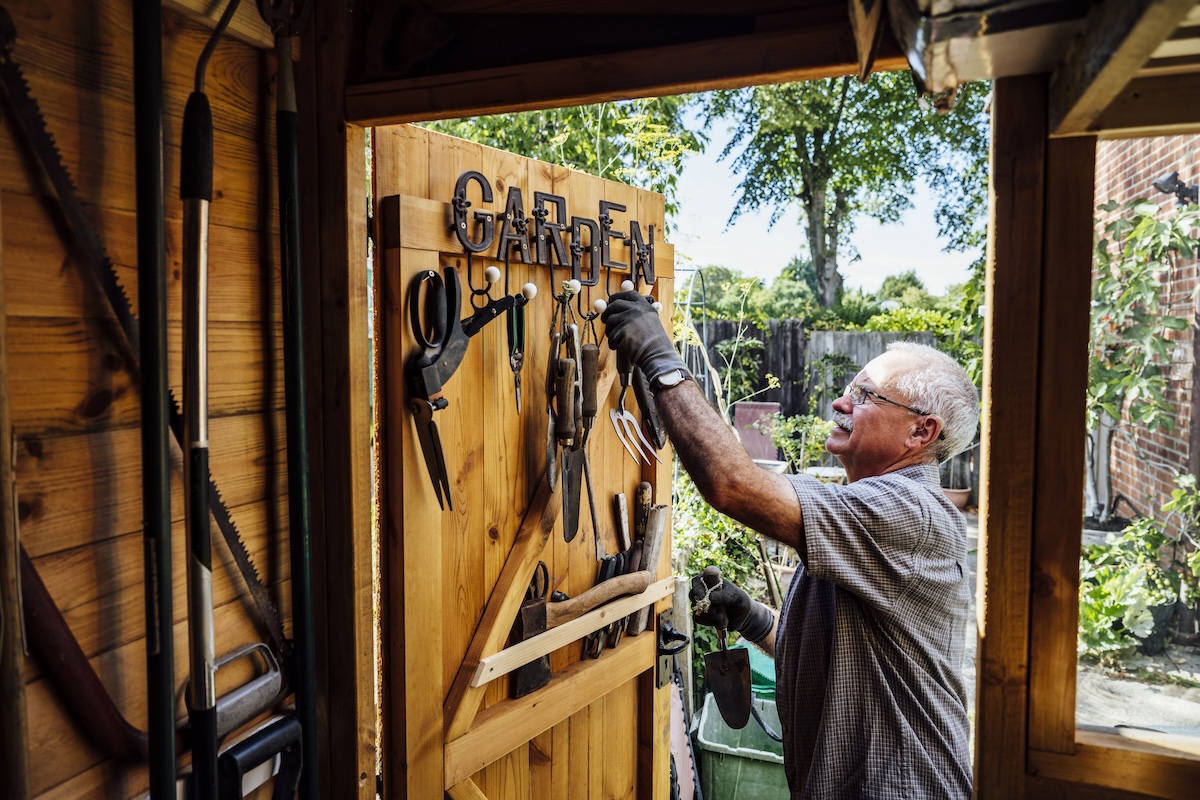
Photo: Johnny Greig via Getty Images
The same tools you use for gardening and DIY projects can also be used to break into your house or, if they wind up in the hands of an intruder, to injure someone. Be sure to keep hammers, axes, pry bars, and ladders locked in the garage or in a shed where criminals can’t access them.
Install a doorbell camera.
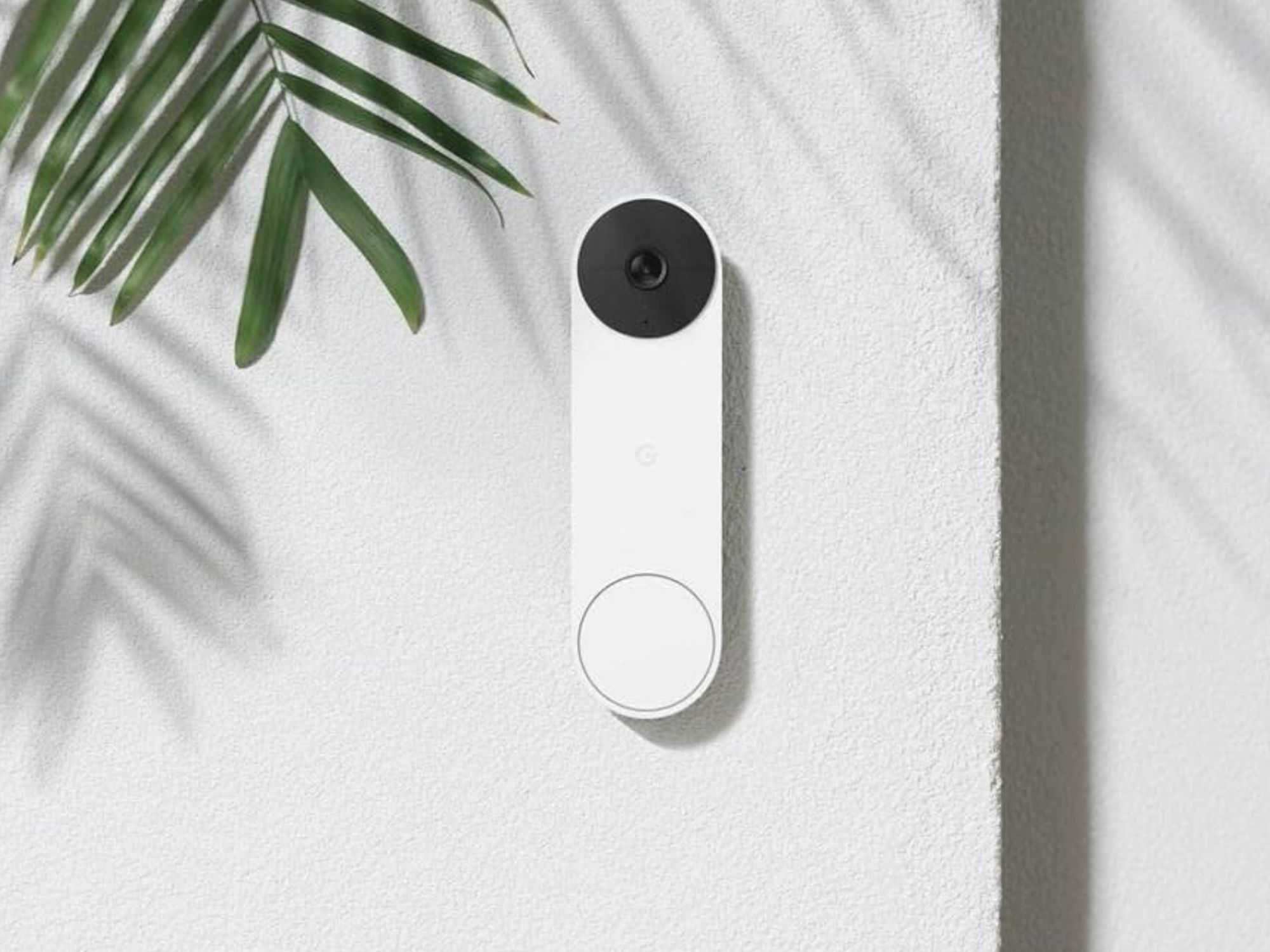
Photo: Amazon
While peepholes were once common, many homeowners now rely on smart video doorbells to screen visitors. A doorbell camera lets you see who’s outside without opening the door and records activity for extra peace of mind. Models like the Google Nest Doorbell, a favorite in our tested guide to the best video doorbells, even send real-time alerts to your phone when motion is detected.
Close curtains or blinds.
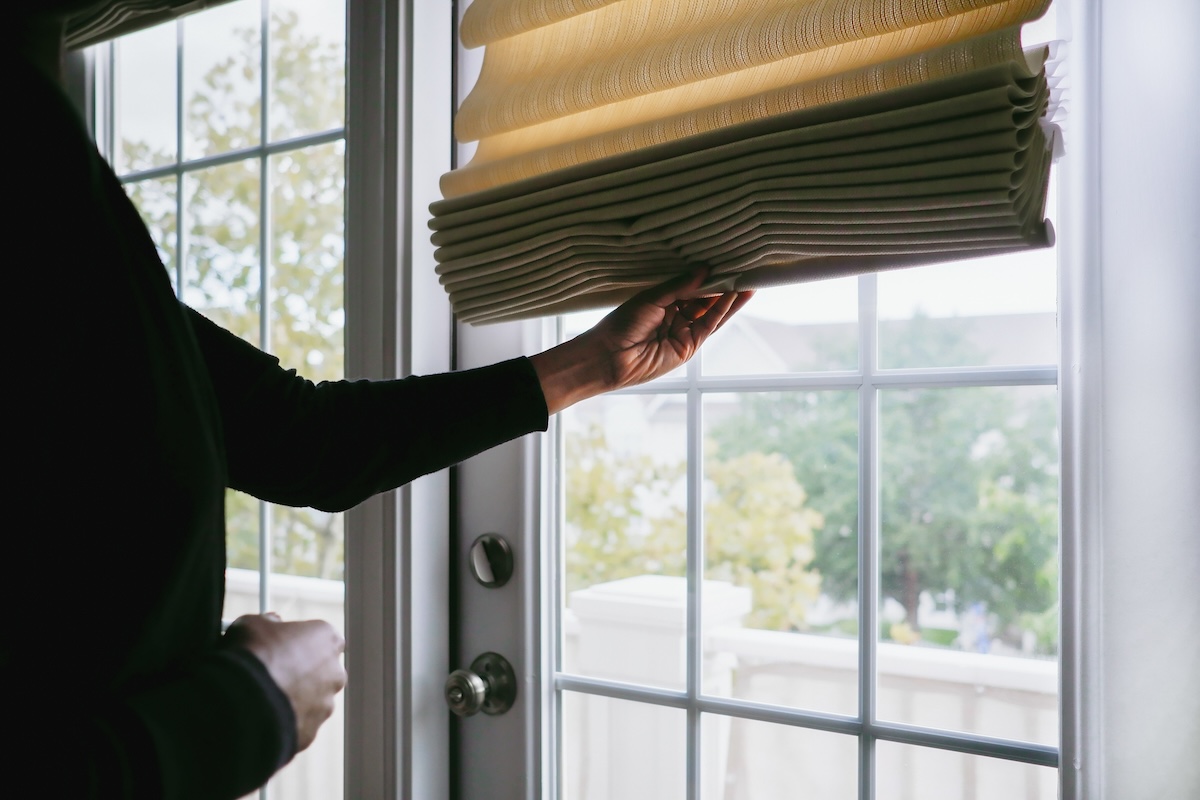
Photo: Grace Cary via Getty Images
Open curtains make it easy for burglars to see valuables inside your home. Keep curtains or blinds drawn when you’re not at home to limit visibility and reduce temptation.
Park in plain view.

Photo: Solidago via Getty Images
Burglars will think twice before invading a home with a car parked in the driveway because it’s a sure sign that the owner is home. Even if you have space for your car in the garage, park it in plain sight if you’ll be away from home for more than one day. Be sure to remove the garage door opener and any other valuables before you lock the car.
Reinforce sliding doors.
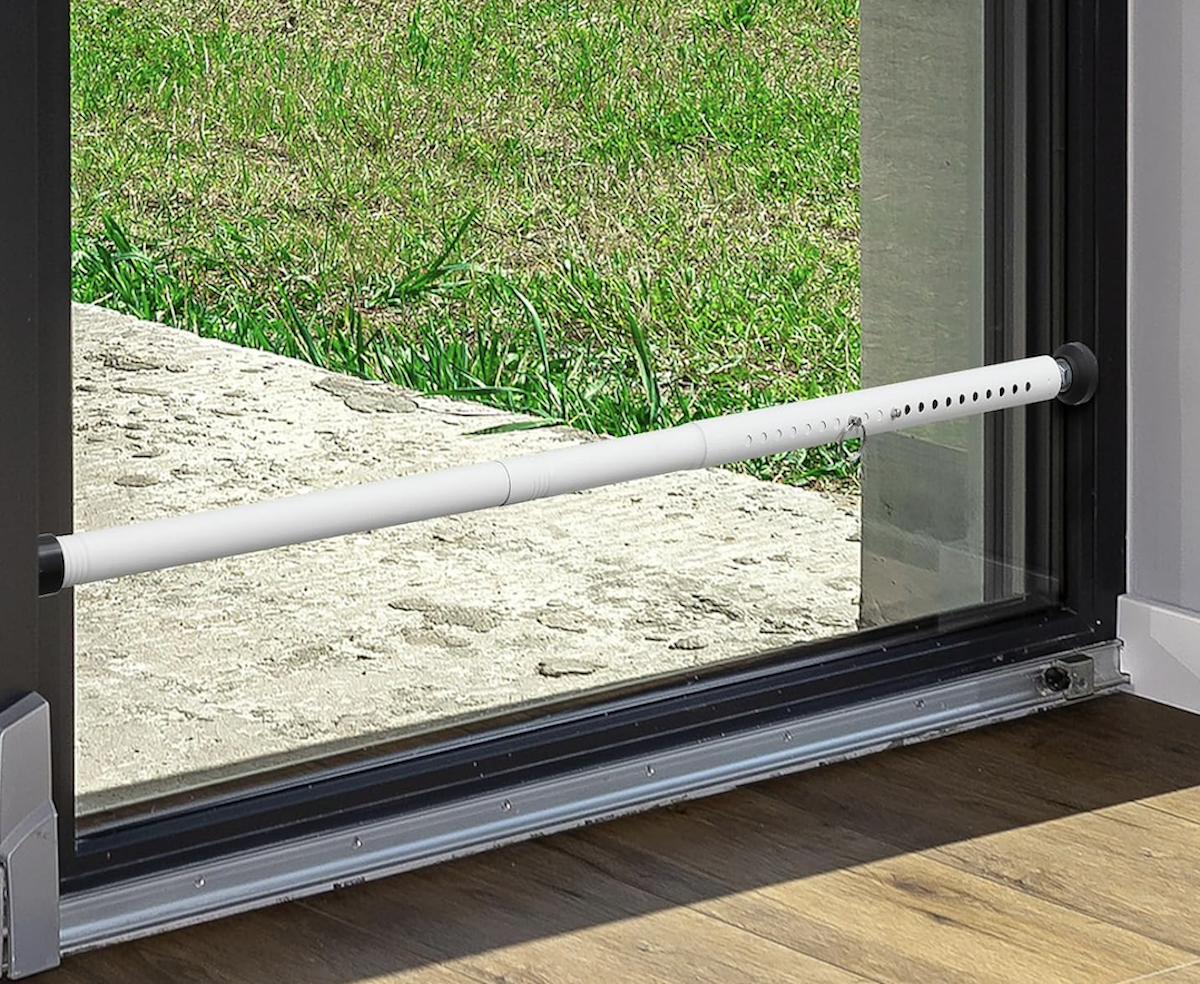
Photo: Amazon
Sliding glass doors are a weak spot in your home’s security. They’re often in the back of the house, where thieves can break in without being seen, their locks tend to be weak, and the glass can be bashed in. Reinforce your sliding glass door by installing a security bar in the tracks or a pin lock through the frame. Also consider installing transparent safety film that makes it almost impossible for a burglar to smash the glass.
Hire with caution.

Photo: skynesher via Getty Images
Busy homeowners let many people into their lives, and their houses. Housekeepers, contractors, and handymen pass through the front door all the time, and while most are trustworthy, it’s vital to do your due diligence before hiring professionals. Also, be aware that burglars can easily pretend to be of one of these professionals, so when they show up at your door, don’t feel shy about asking for identification. You want to make sure that the person you’re letting into your home is the real deal.
Be neighborly.

Photo: Caftor via Shutterstock
Strike up a conversation or crack open a cold one with the Joneses every so often. It pays to get to know your next-door neighbors, not only to strengthen community ties, but also so you can keep an eye on each other’s house when either of you is away for long periods of time.
Get a safe.
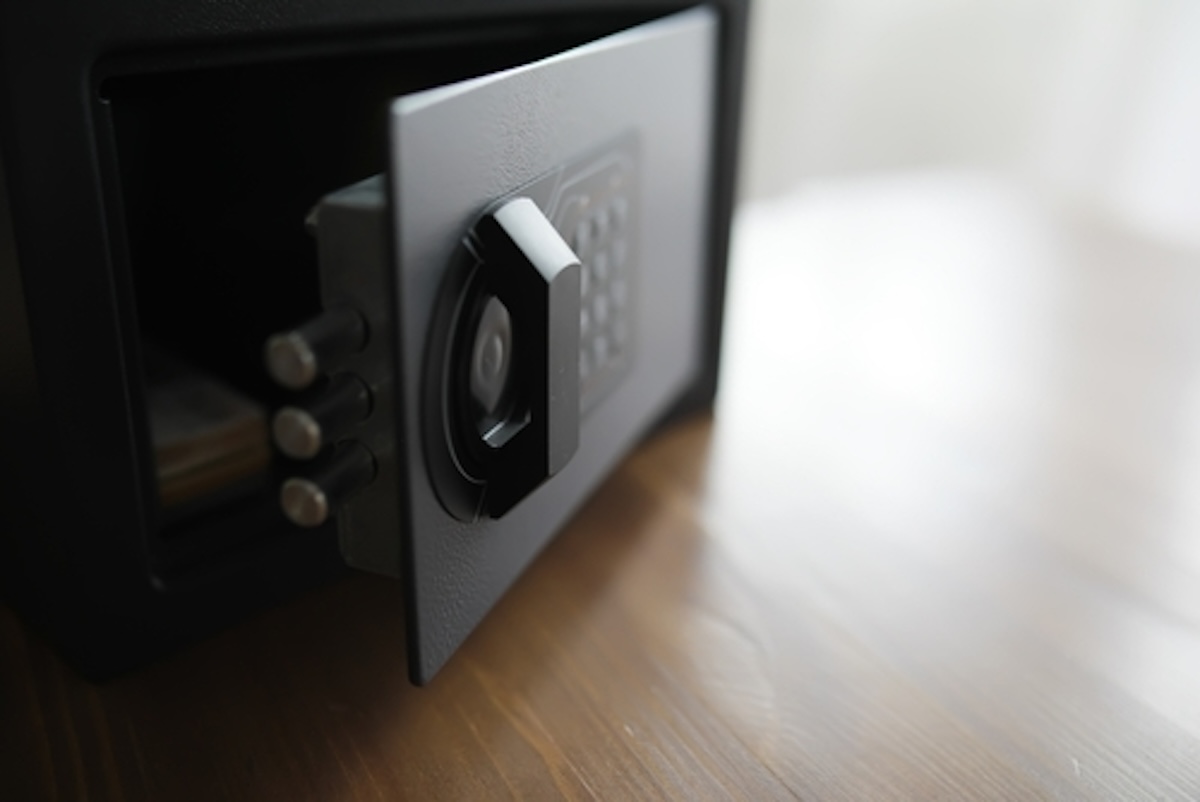
Photo: alexkich via Shutterstock
If worst comes to worst and you do have a break-in, you want your prized possessions to be out of reach. Stash small valuables such as jewelry, stock certificates, life insurance policies, and passports in a fireproof safe, then store the safe in a closet wall or under the bed, but never in the garage, where break-ins are common.
Put your name on your possessions.

Photo: PeopleImages via Shutterstock
Intruders will often sell some or all of the items they steal during a burglary for cash. If you etch your name onto valuables, a burglar who picks them up will be less likely to take them because they won’t be as easy to sell.
Shred sensitive documents before throwing them out.
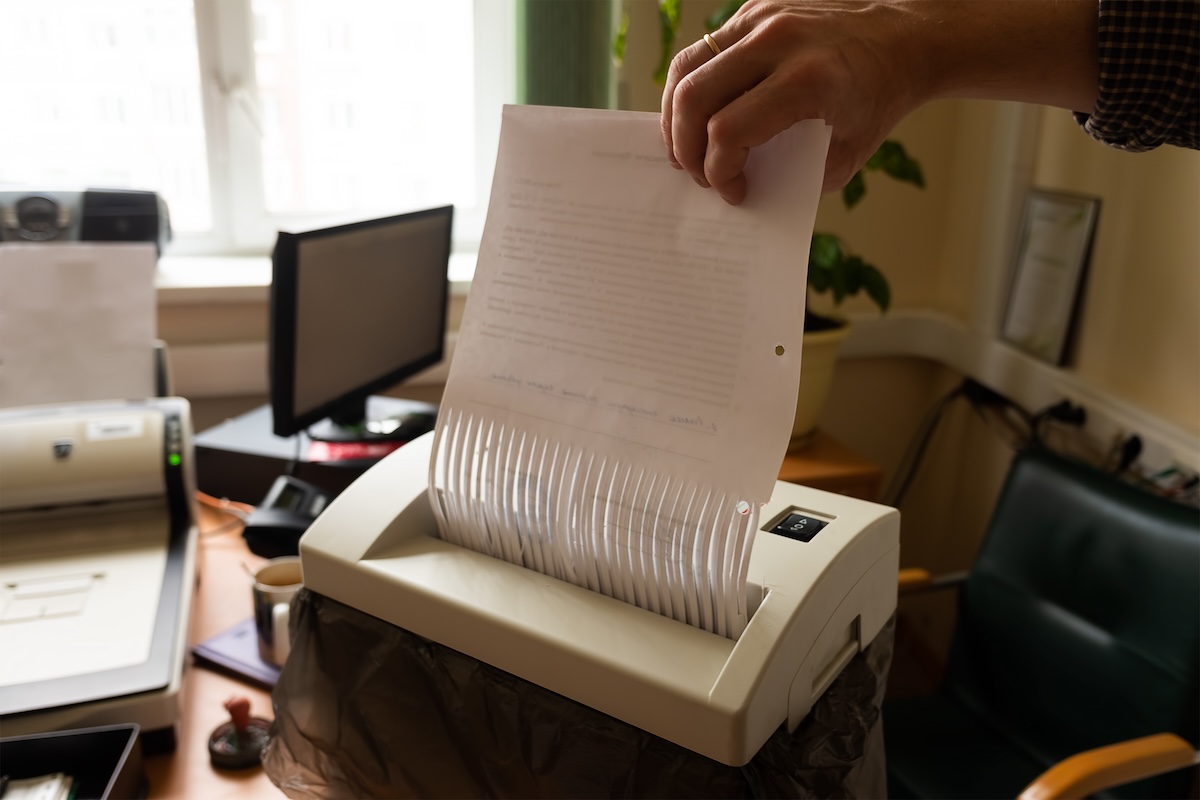
Photo: Dmitry-Arhangel 29 via Shutterstock
Identity theft is as legitimate a concern as property theft during a break-in. Sensitive documents like bank statements and credit card bills contain personal data that intruders can steal and use. Don’t keep these papers on hand; instead, shred them. If you must keep them, consider making digital copies that you can store securely in the cloud.
Make an inventory.

Photo: Dragana Gordic via Shutterstock
Periodically make a complete inventory of big-ticket items in your house, such as electronics, appliances, and furniture. In the event of a burglary, you can review the inventory and easily identify what, if anything, was taken so you can file an accurate claim with your insurance company. Recording a video of your home’s contents is especially helpful.
Use smart lighting to mimic activity.
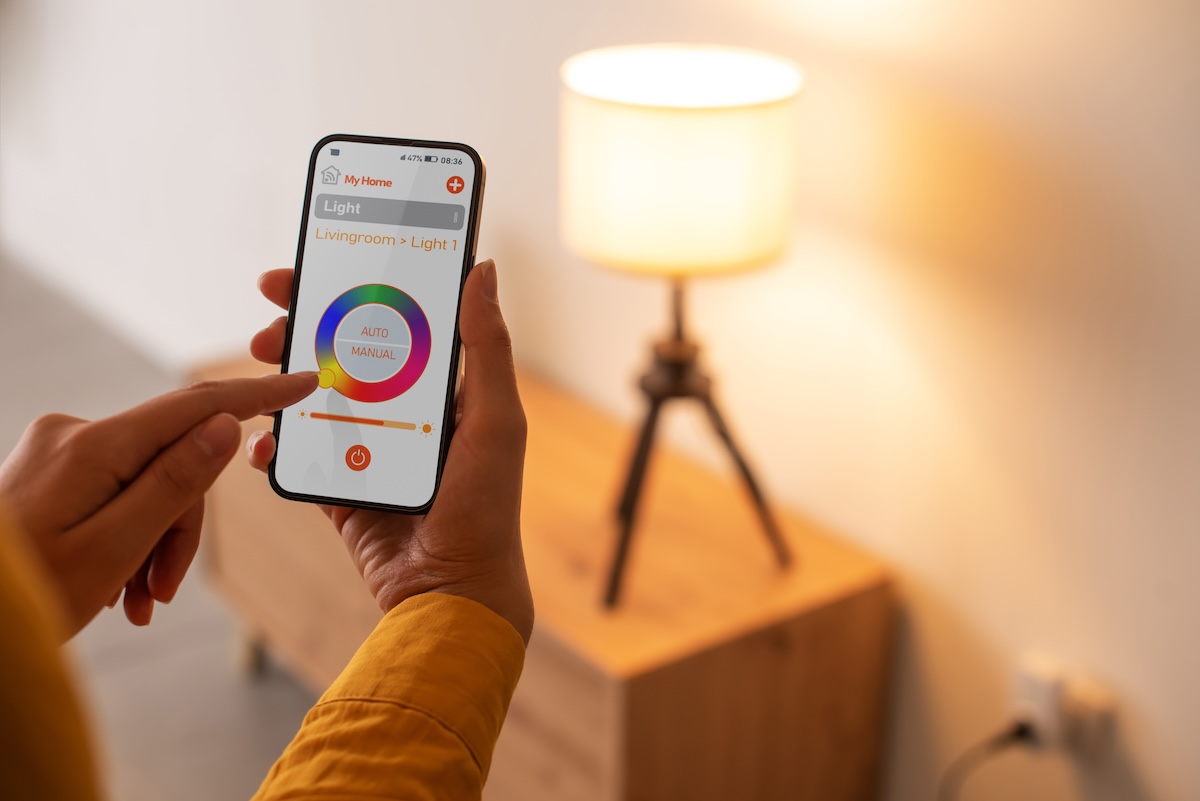
Photo: Stock-Asso via Shutterstock
Instead of relying on outdated TV simulators, set smart bulbs or plugs on timers to turn lights, lamps, or even a television on and off while you’re away. Randomized schedules make it look like someone is home, which can deter potential burglars.
Show off your street number.
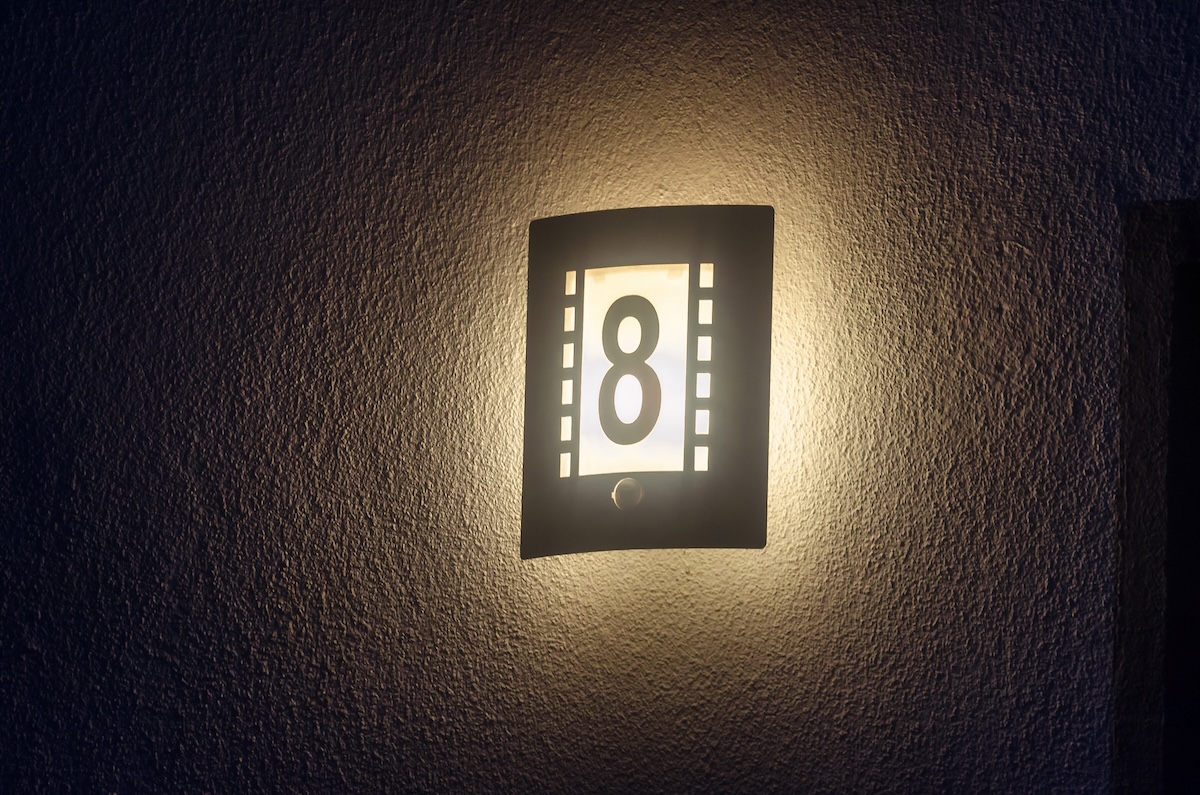
Photo: John-Fs-Pic via Shutterstock
Hanging a large, reflective address plaque or house number on your property does more than boost curb appeal. In the wake of a break-in, these easy-to-read signs help law enforcement or EMS personnel spot your home and attend to an emergency.
Install a driveway alarm.
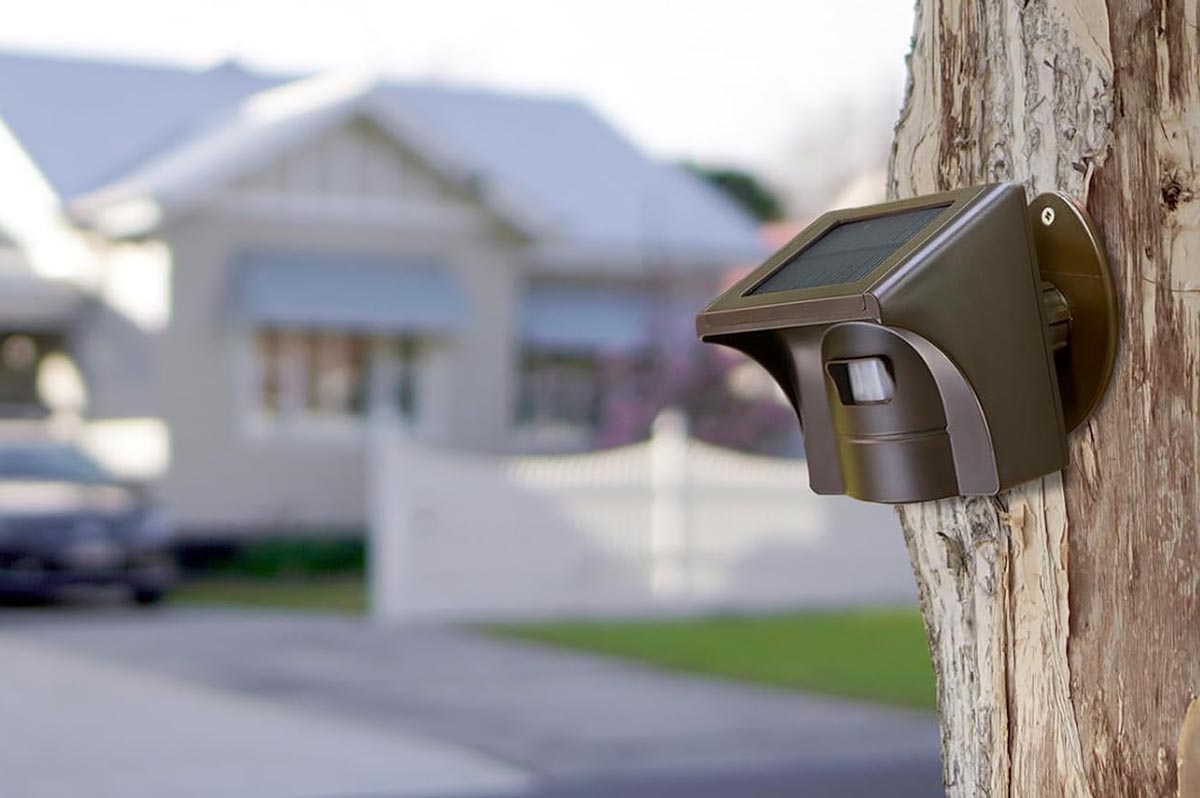
Photo: Amazon
A sure way to deter interlopers on your property, or at least scare them off if they trespass, is to install sensors that sound shrill alarms when they detect movement. Driveway alarms can detect movement across your property line via a magnetic probe or an infrared beam. Though the alarm may sound when errant deer or raccoons visit your property overnight, it will also draw attention to uninvited humans.

After Testing 20 Air Purifiers, We Found One That Does Something the Rest Can’t
Same functionality, different package? Not with this Sans air purifier, which offers more advanced filtration and features than most models I’ve tested—without a premium price tag.